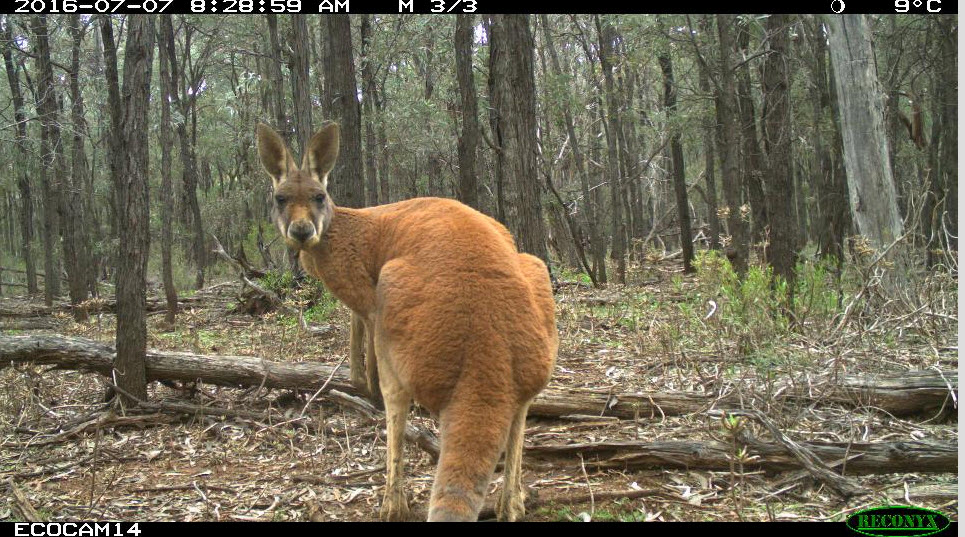Karl Vernes works as an Associate Professor in the School of Environmental & Rural Science at the University of New England. Most of his work involves the ecology, conservation and management of Australian mammals.
Karl uses the ALA in many parts of his work. He contributes occurrence records and also uses the ALA mapping tools to plot distribution maps of his target mammal species such as wombats, potoroos, bandicoots and wallabies.
Recently he has been collecting swamp wallaby scat from across Northern NSW to analyse their diet and determine their level of truffle consumption. Mycophagous (fungus eating) mammals are an important component of healthy forest ecosystems.
From the occurrence records in the Atlas, Karl found point localities for the animals and went to those locations to collect samples.
“The fine scale location information offered by the Atlas took the guess work out of where to stop to search,” Karl said.
While he hasn’t finished analysing the samples yet, he can already tell there are “definite differences in the amount of fungus and the fungal spore diversity across the environmental gradient.”
Karl uploaded this image of a Red Kangaroo to the ALA after undertaking some monitoring work with environmental consultancy EcoLogical Australia and NSW’s North West Local Land Services. The project used camera traps to monitor the Black-striped Wallaby in North West NSW reserves. In the end, they identified six different macropods (‘large-footed’ marsupials), including Red Kangaroos and Black-striped Wallabies.
Please contact us if you would like share how you use the Atlas of Living Australia.
